How Do Carbon Emissions Affect the Environment?
We’ve heard about carbon emissions dropping during quarantine — but do you even know how carbon emissions impact the planet? Learn more!
Updated March 30 2020, 3:37 p.m. ET
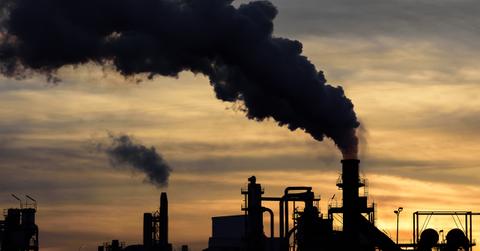
Climate change is altering our planet, causing extreme weather events like tropical storms, wildfires, severe droughts and heat waves, negatively affecting crop production, causing disruption to animals’ natural habitats, and more. Because the emission of greenhouse gases is the main perpetrator that causes global warming (and therefore climate change), it’s important to understand how carbon and other greenhouse gas emissions affect the environment. After all, if we don’t understand the impact of carbon emissions, then how can we change what we’re doing and save the planet?
Read on for all the basics you need to know about how carbon emissions affect the environment and what we can do to reduce our carbon footprint and ultimately, carbon emissions.
READ NEXT: GreenLatinos Is Making the Environmental Movement More Intersectional
What Are Carbon Emissions and What Causes Them?
Maybe you remember the greenhouse effect from school. Let’s start there: The greenhouse effect is the natural process of how the sun warms the Earth’s surface. When greenhouse gases release into the atmosphere — these include carbon dioxide, methane, nitrous oxide, ozone, and water vapor — and trap the sun’s heat, they warm the average global temperature, causing it to rise. This is known as global warming.
What should happen is that infrared radiation escapes into space, but instead, it gets trapped in our atmosphere and warms the planet.
Carbon emissions are one type of greenhouse gas emission that happens when carbon dioxide enters the air after a human activity or process. They are crucial to this conversation because they are the most significant type of emission in terms of quantity. As of 2017, carbon emissions comprised 82 percent of all total greenhouse gas emissions in the U.S.

Agriculture is a significant source of emissions in our atmospere.
What causes carbon emissions are humans. Carbon dioxide gets released into the atmosphere after everyday human processes like driving a vehicle, the agricultural industry, and more. The Environmental Protection Agency lists the six main sources of greenhouse gases as transportation, electricity production, industry, commercial and residential, agriculture, and land use and forestry. According to the Inventory of the U.S. Greenhouse Gas Emissions and Sinks, a report by the EPA, transportation accounted for 28.9 percent of all 2017 greenhouse gas emissions, the biggest culprit of all the categories.
Are Carbon Emissions Pollution?
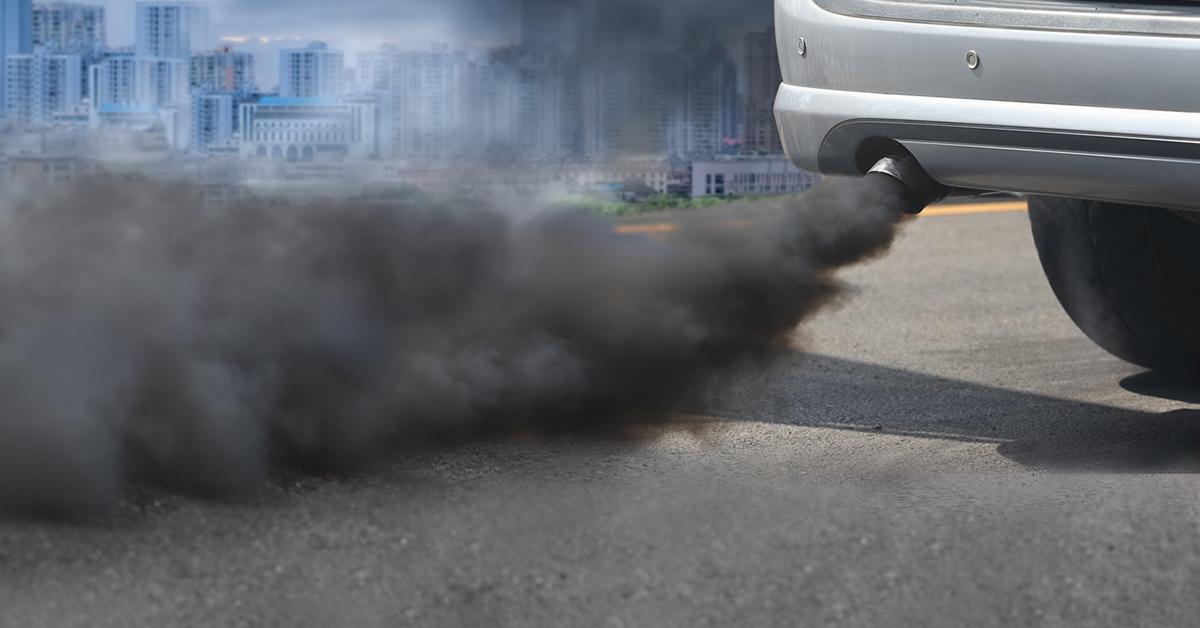
As children — though it depends which decade you grew up in — we often heard more about “pollution,” than we did “carbon emissions” or “greenhouse gases.” But essentially, yes, carbon emissions are a form of pollution.
According to National Geographic, carbon dioxide is considered a pollutant, though we may more readily associate “pollution” with things like smoke or plastic floating in a lake. But pollutants are anything that falls under the umbrella of a mix of particles and gases that have the capacity to reach harmful concentrations, according to National Geographic. Things like soot, smoke, mold, and pollen are considered pollutants, but greenhouse gases like methane and carbon dioxide are, too.
How Do Carbon Emissions Affect the Planet?
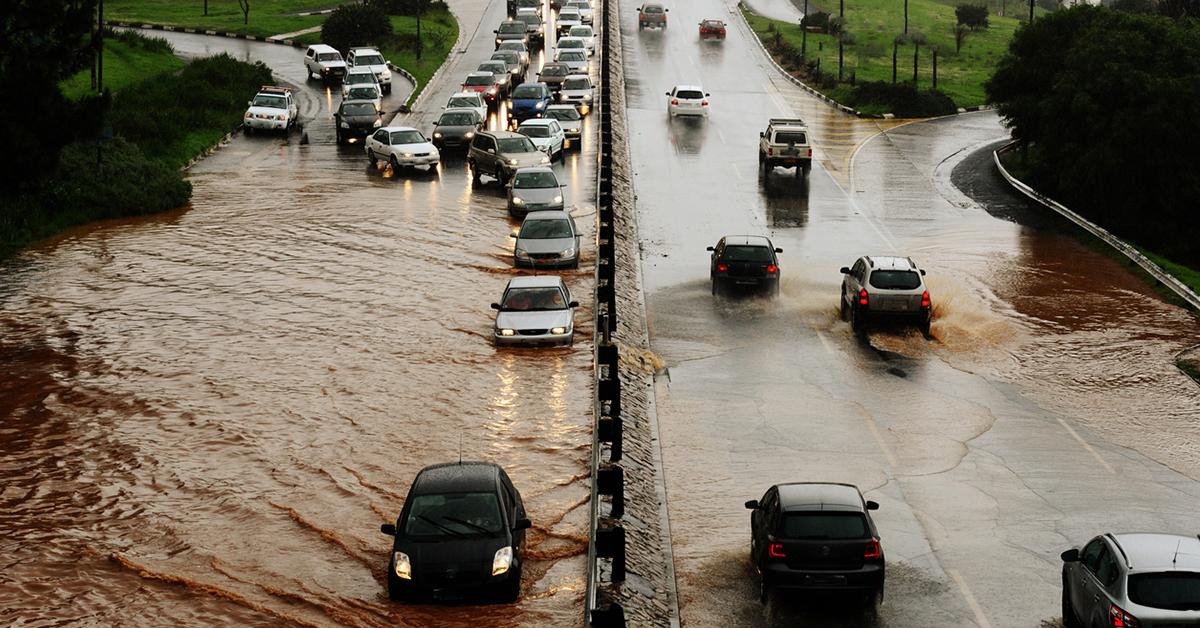
Carbon emissions affect the planet significantly, as they are the greenhouse gas with the highest levels of emissions in the atmosphere. This, of course, causes global warming and ultimately, climate change.
Carbon dioxide is released into the atmosphere when fossil fuels — coal, natural gas, and oil — are burned. But burning other biological materials also releases carbon dioxide: solid waste, trees, etc. Anytime that carbon dioxide is emitted into the atmosphere in large quantities — especially if it’s staying in the atmosphere for thousands of years — it is affecting the planet.
How do carbon emissions affect the planet? For starters, NASA says that rising levels of carbon dioxide in the atmosphere will both hurt and help crops. While increased carbon dioxide levels can “increase water-use efficiency in crops” and also “mitigate yield losses due to climate change,” these levels can also create imbalances in nitrogen and carbon, minimizing crops’ necessary nutrients like iron, zinc, and protein.
Perhaps the most important way that carbon emissions affect the planet is by causing climate change. As the average global temperature warms, our climate inherently changes — it warms. This warming causes extreme weather events like tropical storms, wildfires, severe droughts and heat waves. And while an increase in carbon in the air can, in some ways, positively affect plants and crops, if the climate changes the lands and causes drought or other weather events that crops and plants are unable to survive in, it can be detrimental to crop yields. The same problem holds for animals, as well; as climate change alters our environment and natural habitats, different indigenous species take a hit. Some species may disappear altogether, while others might thrive and overtake others.
Carbon emissions directly affect humans, too, causing more respiratory disease from an increase of smog and air pollution. Not to mention that if carbon emissions eradicate certain animal species, destroy crop yields and lands, humans will also see the repercussions of those effects as well.
Where Do Most Carbon Emissions Come From?
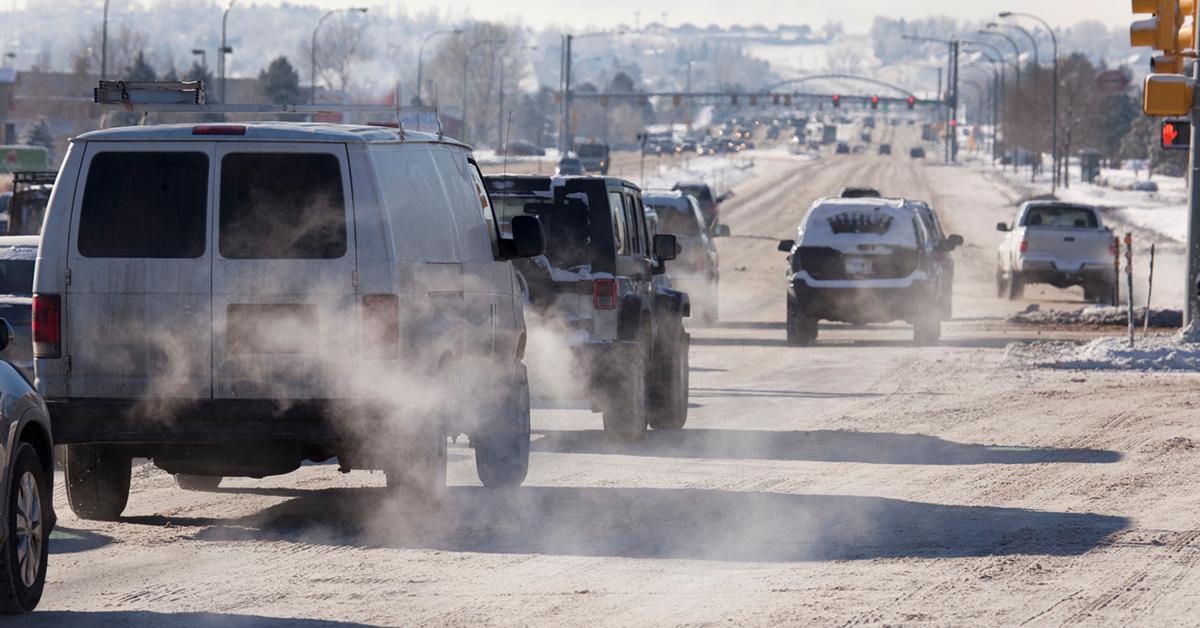
Greenhouse gas emissions come from six main categories. However, the bulk of carbon emissions comes from the biggest category of all: transportation.
Transportation accounted for 28.9 percent of all greenhouse gas emissions in 2017 in the U.S. and constitutes everything from burning fossil fuels for cars, trucks, ships, trains, and even airplanes.
In the U.S., most carbon emissions come from burning fossil fuels for energy production, not just for transportation, according to the U.S. Energy Information Administration. In fact, half of carbon dioxide emissions in 2018 came from burning petroleum fuels. Petroleum fuels are used for electricity and industry use, but transportation actually emits more carbon dioxide because it solely relies on petroleum.
Most carbon emissions originate from processes in the U.S. and Europe.
Are Carbon Emissions Increasing or Decreasing?

According to NPR, carbon emissions are still increasing around the world. The data comes from a United Nations report that states global fossil fuel carbon dioxide emissions from electricity generation and industry grew by 2 percent in 2018.
The releasing of greenhouse gases has steadily increased over the past decade and the average global temperature has also steadily increased as a result. In fact, the Earth is 1 degree warmer than it was before the age of industrialization. While 1 degree might not seem significant, it is; the 2018 National Climate Assessment warned that if global emissions do not start to decrease, and decrease rapidly, it could mean economic and environmental crisis. Of course, this has prompted some politicians to focus on switching to renewable energy and generating the Green New Deal.
Are Carbon Emissions Dangerous?
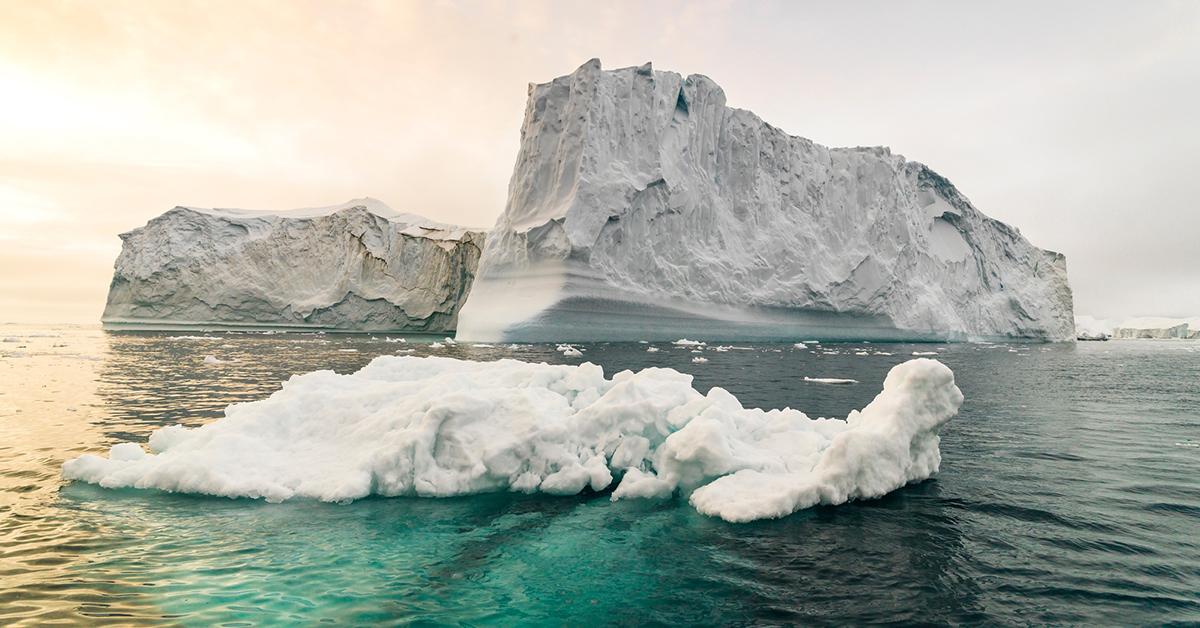
Carbon emissions are dangerous in that they threaten the livelihood of our planet, animals, humans, and ultimately, life as we know it. The amount of carbon emissions trapped in our atmosphere causes global warming, which causes climate change, symptoms of which include melting of the polar ice caps, the rising of sea levels, the disturbance of animals’ natural habitats, extreme weather events, and so many more negative side effects that are dangerous to the planet, to human and animal life, and to our future.